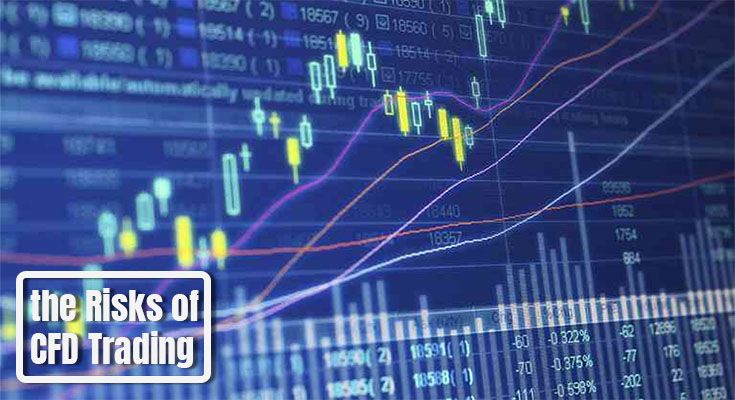CFD trading is a type of investment that carries a high level of risk but also has the potential for great rewards. It works by allowing traders to make speculations on the movement of financial markets without taking ownership of the underlying asset.
The potential rewards should be carefully balanced against the risks associated with this type of trading, mainly as CFDs are often leveraged instruments that can result in significant losses if not managed correctly. Traders in Australia looking to mitigate their CFD trading risks must consider external and internal factors, such as regulatory requirements and personal risk tolerance.
Understand regulatory requirements
The Australian Securities and Investments Commission (ASIC) regulates financial markets in Australia. It imposes strict regulations on CFD providers to protect retail traders against potential losses. ASIC requires CFD providers to confirm a trader’s knowledge of the product before they can open an account and have sufficient capital reserves to enable them to meet their liabilities. In addition, any leverage offered must be clearly stated so that traders understand the full implications of their trading activities.
It is also essential for traders to be aware of ASIC requirements regarding margin calls and stop-losses. A margin call is when the broker requests additional funds from a trader if their position has moved into a negative balance, while a stop-loss is an order to close a trade if it reaches a certain price level. ASIC requires CFD providers to have reasonable stop-loss policies and ensure clients understand their obligations when such measures are triggered.
Develop an appropriate trading plan
Traders must develop a suitable trading plan that meets their requirements, risk tolerance levels, and objectives. When creating a trading plan, Traders should consider their financial goals, risk appetite, preferred asset classes, and timeframes. It is also vital for traders to identify potential areas of concern about CFD trading and create strategies to mitigate them.
For example, traders may employ strategies such as diversifying their investments across multiple asset classes, monitoring market movements and leveraging stop-losses. Setting realistic goals and having an exit strategy is essential to mitigating risk. It is important to remember that CFDs are not suitable for every investor, so traders must carefully assess whether this type of trading suits them.
Practice with a demo account
Traders should consider practising with a demo account before investing real money into the markets. Demo accounts offer traders access to virtual funds to practice trading without risking capital. It allows traders to build confidence in their strategies and understand how the markets work before committing real money. For example, Saxo Bank offers demo accounts that you can use to practice.
Practising on a demo account can also help traders to identify any weaknesses in their strategies before trading with real money. In addition, exercising self-discipline is essential when CFD trading and it can be beneficial to practice this on a demo account before investing capital.
Consider automated trading
Automated trading systems enable traders to utilise computer algorithms to execute trades based on predetermined criteria set by the trader. This process eliminates the need for manual intervention and reduces errors associated with human emotion. Automated systems also have the potential to reduce risk as they are programmed to respond quickly when market conditions change, enabling them to limit losses more effectively than manual trading systems.
Traders should research the different automated trading systems available before committing capital. Understanding each system’s associated costs and potential risks and rewards is essential. Professional advice from a financial advisor should be sought if necessary.
Manage risk
Effective risk management is critical for successful CFD trading in Australia. Traders should set strict limits on how much they are willing to lose and manage their exposure levels accordingly. Risk management can also involve:
- Diversifying trades across multiple asset classes.
- Using leverage cautiously.
- Employing strategies such as stop-losses and trailing stops to protect against losses.
Traders must also familiarise themselves with the broker’s margin requirements, mainly when using leverage. Excessive leverage can lead to significant losses, so traders should only use as much leverage as is necessary for each trade. Traders should only enter trades when reasonably confident that the market sentiment favours their position.
Monitor markets regularly
Traders must ensure they keep up to date with financial news and monitor their positions regularly. It will help them identify potential opportunities and anticipate changes in the market sentiment. All trades should be monitored closely; if needed, appropriate action should be taken immediately to minimise losses.
Traders should also consider utilising trading tools such as price charts to better understand the markets and develop an effective strategy. Price charts can provide valuable insights into market indicators, including support and resistance levels. Technical analysis can also help traders identify trades’ potential entry and exit points.



